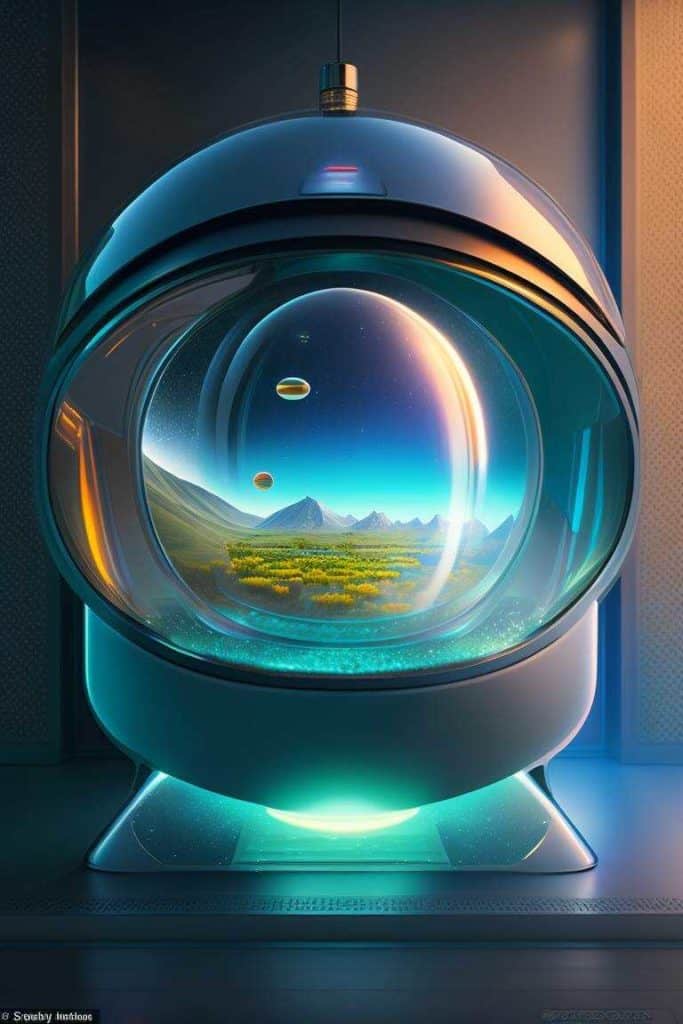If you’re wearing scleral lenses to restore your vision from vision loss due to keratoconus, you may have encountered some discomfort or pain at some point and asked why do my scleral lenses hurt?
In this blog post, we’ll explore the possible reasons why your scleral lenses might be causing you discomfort and what steps you can take to address the issue.
Remember, it’s always best to consult with your eye care practitioner for personalized advice.
Deposits and Defects
Sometimes, deposits or defects on your scleral lenses can lead to discomfort. Make sure to carefully inspect your lenses before wearing them each time.
Look for any debris or irregularities on the lens surface. If you notice any, follow the cleaning and maintenance procedures recommended by your practitioner.
Signs of Corneal Transplant Complications
If you have undergone a corneal transplant due to keratoconus, experiencing pain could indicate a more serious problem like corneal edema or rejection.
This is a critical situation and must be taken seriously. If you’re in pain, don’t hesitate to reach out to your eye care practitioner immediately.
My Corneal Transplant Complication
As an example, I experienced corneal edema on my transplant due to perhaps wearing my scleral lenses too long, or it could have been for a number of other reasons. Having said that, once I felt something was not right I contacted my practitioner immediately.
Fitting Problems
Scleral lenses that have a fitting error can also cause our scleral lenses to hurt. If the lenses are too tight or too loose, they may irritate your eyes and lead to pain.
Always ensure that your lenses are professionally fitted by an experienced practitioner.
Scleral Lens Pain Followed by Vision Changes
If you experience pain with your scleral lenses followed by a change in vision (e.g., cloudy vision when removing the lenses), contact your practitioner immediately.
Such changes may indicate an issue with the lenses or your eye health that requires prompt attention.
The Importance of Noticing Changes

In my case as mentioned above. I didn’t feel pain however I noticed my vision was beginning to cloud over. I stopped wearing contact and luckily I had my yearly appointment with my practitioner in a couple of days.
My practitioner got me an appointment with a corneal specialist and we started an aggressive anti-rejection protocol of rejection drops.
Saved my Cornea
After two months on the protocol and being unable to wear my lens, we were able to save my cornea. We changed the type of lens for my right cornea from the Blanchard scleral lens to the larger more customizable Boston Sights lens.
I then altered the amount of time I wear my lenses in the course of a day. I have had no problems since.
Decreasing Chances of Scleral Lens Pain
Proper maintenance, storing, and cleaning of our scleral lenses are essential to reduce the chances of experiencing discomfort and to increase the lifespan of our scleral contact lenses .
Follow our practitioner’s instructions on lens care diligently. Avoid using tap water on our lenses and invest in the recommended cleaning solutions.
Helping our Practitioners Help Us
If we experience pain with our scleral lenses, documenting our experience with as much detail as possible can be beneficial.
Note the time of day, duration of wear, and specific sensations we feel. This information will help our eye care practitioners better understand our issue and find a suitable solution.
Key Takeaways
- Inspect your scleral lenses for deposits and defects before wearing them.
- Corneal transplant recipients should take any pain seriously and seek immediate professional help.
- If pain is followed by vision changes, contact your practitioner immediately.
Proper maintenance and cleaning are crucial for comfortable lens wear.
Document your experiences to provide useful precise information to your eye care practitioner.
Remember, prioritizing your eye health and comfort is essential. Always consult your eye care practitioner for personalized advice and solutions. Our vision is worth it!
To Summarize
In conclusion, wearing scleral lenses for vision restoration can be life-changing for those with keratoconus. However, if you experience discomfort or pain, it’s essential to address the issue promptly.
Carefully inspect your lenses for deposits and defects, be cautious of potential corneal transplant complications, and ensure a proper lens fitting.
If you notice any pain accompanied by vision changes, reach out to your practitioner immediately.
By maintaining your lenses correctly and documenting your experiences, you can work closely with your eye care practitioner to ensure optimal comfort and vision.